This object is not one but two overlapping rings, like a giant intergalactic Venn diagram.
This groundbreaking discovery, made possible by a collaboration between scientists and citizens, reveals the remnants of ancient cosmic violence and reinforces the role of observational culture in the AI era.
When they first appeared in astronomical data, ORCs baffled scientists. These faint, ghostly rings of radio light seemed to be the remnants of a previously unknown high-energy event.
Now, a new object, called RAD J131346.9+500320, has changed the game. It lies seven billion light-years away, from a time when the universe was half its current age, and it forms a system of intersecting double rings.

RAD J131346.9+500320 is not only the most distant ORC, but also the most powerful ORC ever discovered. The entire structure spans about a million light-years, making it ten times larger than our galaxy.
Each ring in this binary structure is about 300,000 light-years across and centered on a compact galaxy. The intersection of the two rings creates a unique pattern, reminiscent of a cosmic Venn diagram.
According to the study, radio emissions from these belts show “ancient synchrotron plasma,” which is more typical of leftover radiation than ongoing energetic activity.
This implies that we are witnessing the aftermath of an event that happened long ago, perhaps a powerful shockwave or superwind blown out from a supermassive black hole at the center of a galaxy, possibly after a merger.
These winds sweep up magnetized gas clouds and re-energize old radio lobes, turning them into giant bright rings.
Remarkably, this discovery came not from a machine learning algorithm, but from human dedication. Volunteers from the RAD@home project first spotted the faint double halo in low-frequency radio data from LOFAR, the world's largest low-frequency telescope.
The LOFAR telescope generates petabytes of data, and automated algorithms are often used to filter the initial information. However, machine learning missed and misclassified this double circle. It took a trained citizen scientist to spot the faint circular glow and report it to the professional research team.
“The fact that citizen scientists discovered them highlights the continued importance of human pattern recognition, even in the age of machine learning,” co-author Dr. Pratik Dabhade stressed.
The RAD@home project, launched in 2013, trained volunteers to analyze the data, and their efforts discovered rare galaxies and new radio morphologies that AI had missed.
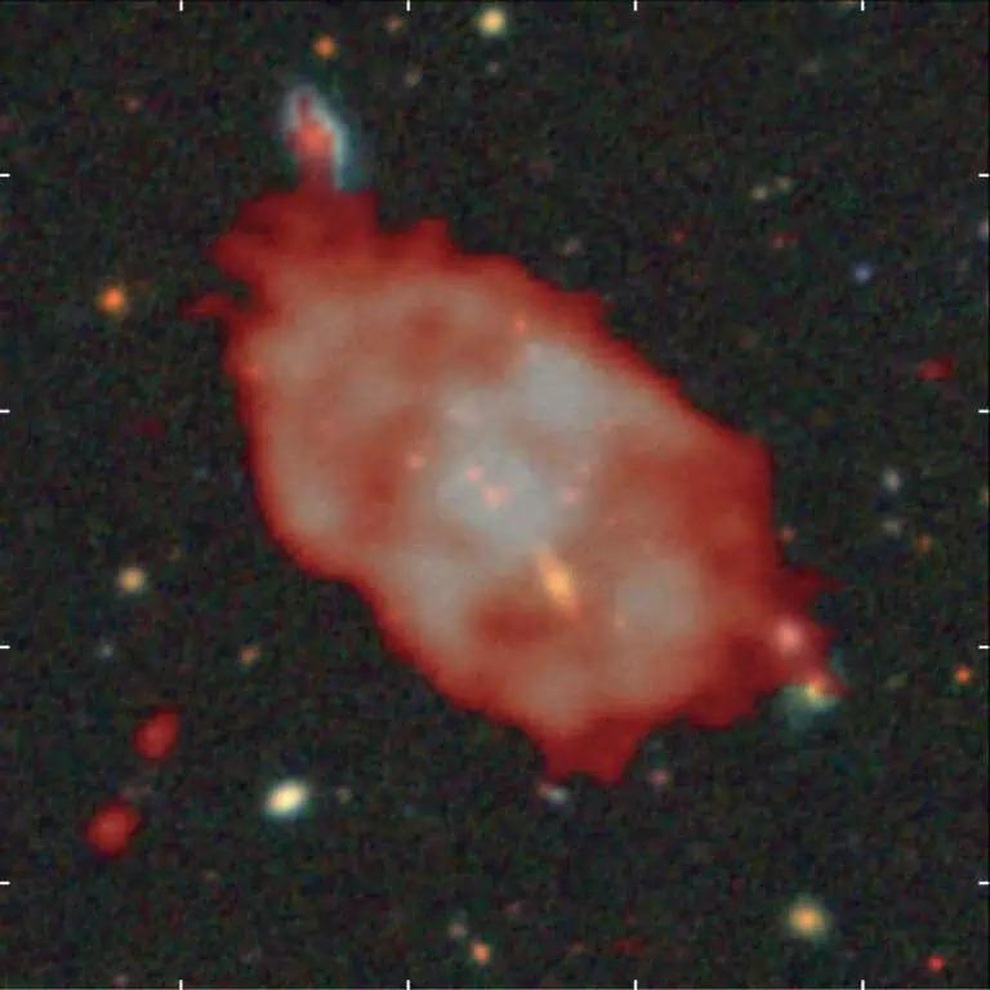
The team also found two more giant radio belts in other galaxies, reinforcing the idea that ORCs are not isolated oddities, but are part of a larger family of plasma structures formed by gas streams, winds, and the environment of black holes.
The discovery of RAD J131346.9+500320 not only provides important data to decipher the origin of ORCs, but is also a powerful demonstration that sometimes, the keenness and curiosity of the human eye remains an indispensable tool in uncovering the universe's most extraordinary magic tricks.
Source: https://dantri.com.vn/khoa-hoc/phat-hien-vong-tron-vo-tuyen-ky-la-cach-trai-dat-7-ty-nam-anh-sang-20251013010223065.htm



![[Photo] Prime Minister Pham Minh Chinh receives President of Cuba's Latin American News Agency](/_next/image?url=https%3A%2F%2Fvphoto.vietnam.vn%2Fthumb%2F1200x675%2Fvietnam%2Fresource%2FIMAGE%2F2025%2F12%2F01%2F1764569497815_dsc-2890-jpg.webp&w=3840&q=75)



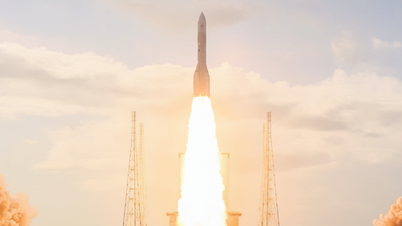



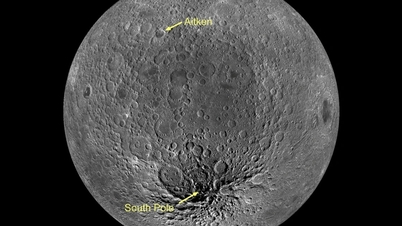
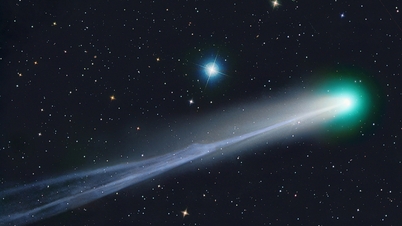

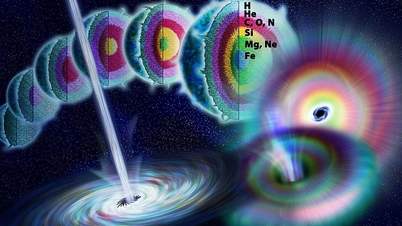








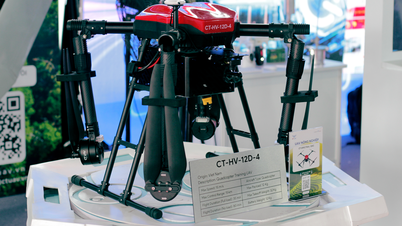

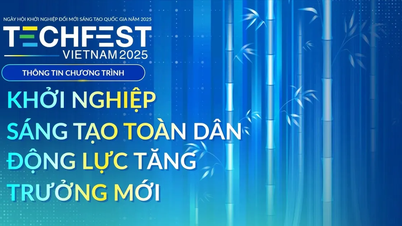







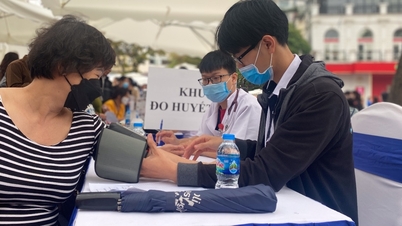












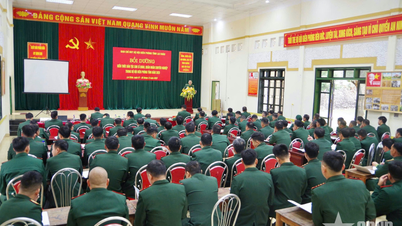




























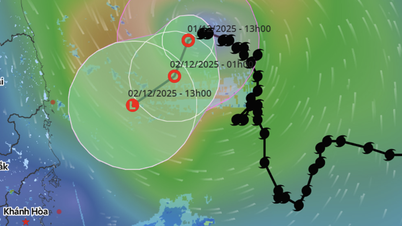






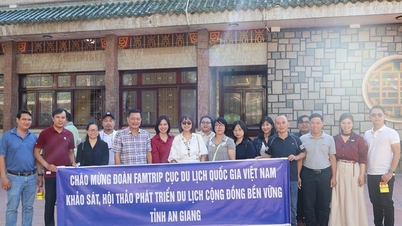
























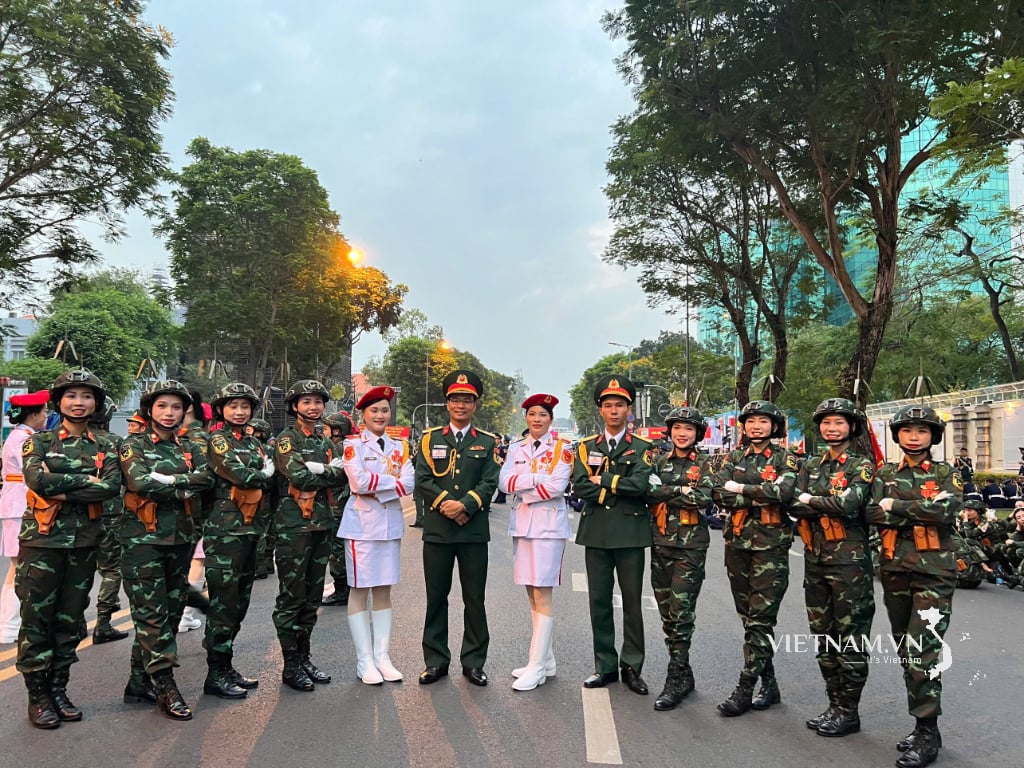


Comment (0)